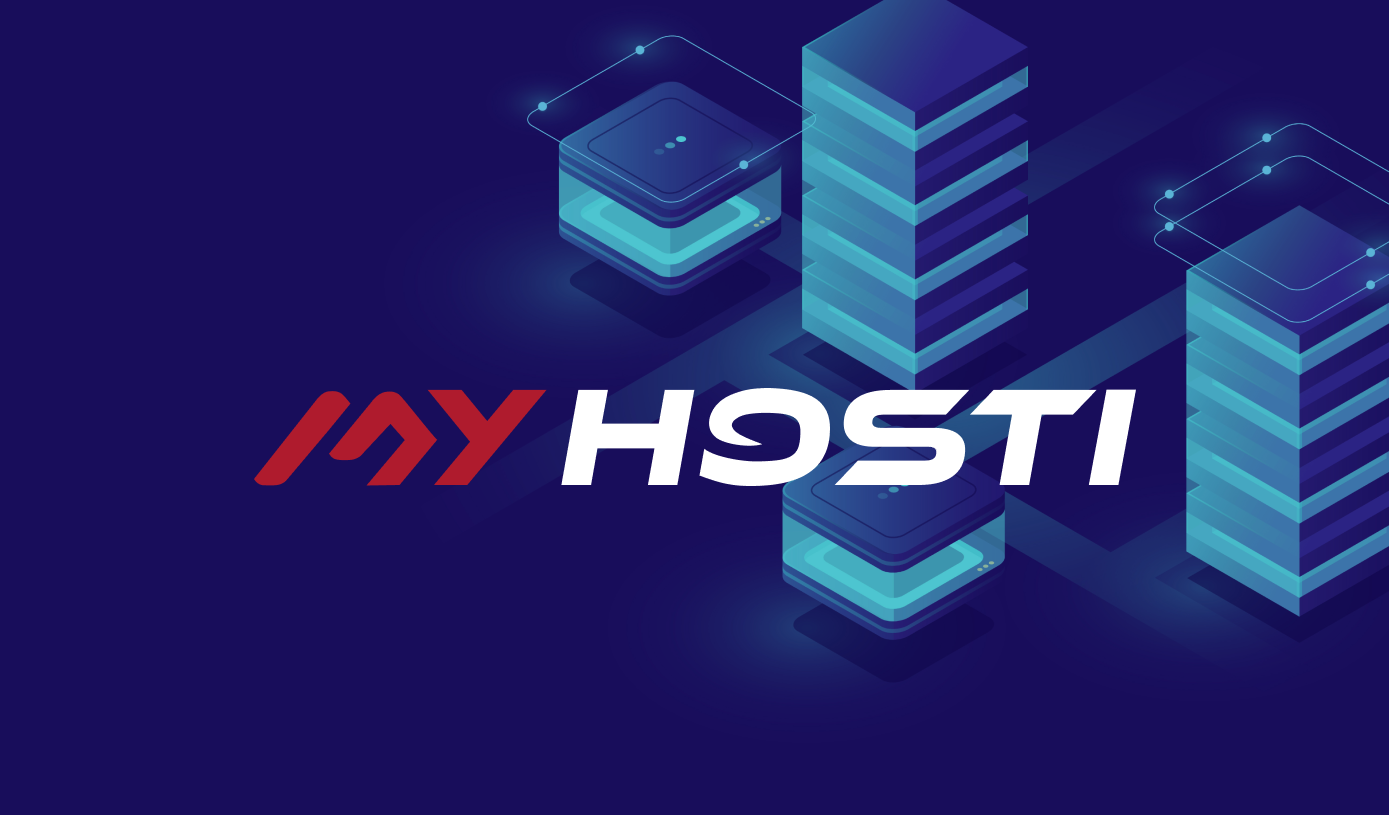
In today's digital world, speed is everything. This is why bandwidth is such an important factor when choosing a server for your website or applications. It determines how quickly content is delivered to your visitors during peak times - so if you have a lot of traffic, you'll need a server that can provide up to 10Gbps of bandwidth.
But what exactly does this mean and why does it matter? Let's dive into the details...
What does 10 Gbps bandwidth mean?
Bandwidth is simply the amount of data that can be transferred from the server to the user - or in this case, your visitors. So how fast is 10 Gbps?
You're probably used to file sizes in GB (gigabytes), especially when dealing with data on a server. To put 10 Gbits (gigabits) into perspective, you can use the knowledge that 8 Gigabits = 1 Gigabyte.
So, if you have a 1GB file and a 10Gbps connection, it will take less than 1 second to download or transfer. In addition to large numbers, this speed ensures fast and stable data transfer.
Want some more examples of 10Gbps file transfers? What are 10 Gbps servers and why are they good?
A server with a bandwidth of 10 Gbps is capable of transmitting and receiving data at speeds of up to 10 billion bits per second. This is really fast! They are designed to handle more traffic with less congestion, making them ideal for sites and applications with a large number of users. Let's dive into a few things you should think about when deciding whether to go with a 10Gbps server.
Selecting a 10 Gbps server
10 Gbps servers have many benefits, but as with anything, there are a few things to consider when choosing.
What is packet bandwidth?
If you're looking for a cost-effective solution to handle unexpected traffic spikes, choose a package plan. They allow you to significantly exceed your assigned bandwidth limit (for example, 1 Gbps) without spending any money. Choosing this feature means your websites or apps always run smoothly, so you can focus on what's important instead of wasting time worrying about sudden traffic spikes.
Private and public bandwidth
When searching for a server, you may come across two options: private bandwidth and public bandwidth. But what exactly does this mean? In simple terms, private bandwidth refers to the connection between multiple servers on the same local network or location. On the other hand, public bandwidth is an Internet connection - a useful feature for high-traffic sites.
TCP vs UDP traffic
You also need to make sure that your server can handle the traffic you need, such as Transmission Control Protocol (TCP) and User Datagram Protocol (UDP). Essentially, they are simply protocols used to transmit data over networks. But what is the difference between them?
TCP delivers data from the user to the server, which makes it more cost-effective, while UDP is a connectionless protocol, meaning it is less reliable than TCP.
Sound confusing? Here are some real life examples:
TCP (recommended):
- File Transfer Protocol (FTP)
- Hypertext Transfer Protocol (HTTP)
- Simple Mail Transfer Protocol (SMTP)
UDP:
- Video conference
- Voice over IP (VoIP)
- Domain Name System (DNS)
What can you use a 10 Gbps server for?
- As mentioned earlier, 10 Gbps servers are damn fast, making them ideal for tasks such as:
- High traffic websites
- File sharing projects
- Content Delivery Network (CDN)
- Backup servers
- Failover Solutions
- Big data processing and analytics
- Government bodies
Ready to experience fast and stable performance?
What a score! We always have dedicated servers available that provide a guaranteed public bandwidth of 10 Gbps. Private bandwidth up to 25 Gbps. You can also increase your public bandwidth at any time.
Want to learn more about our 10 Gbps servers? Then create a request to MyHosti technical support right now.








